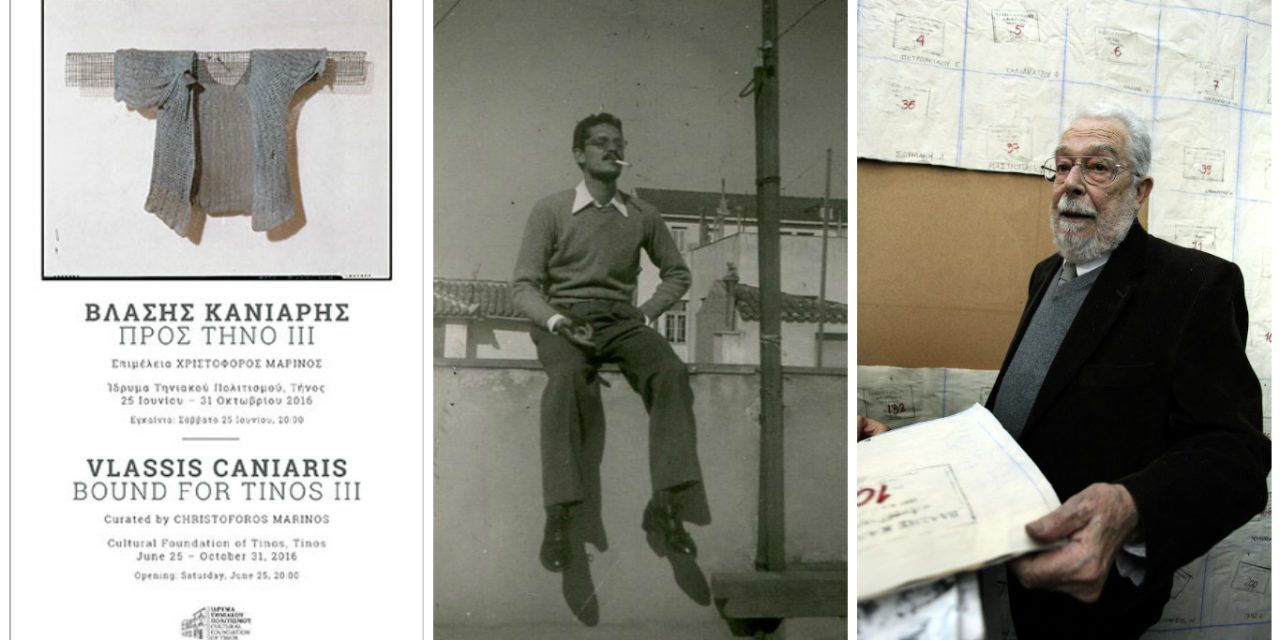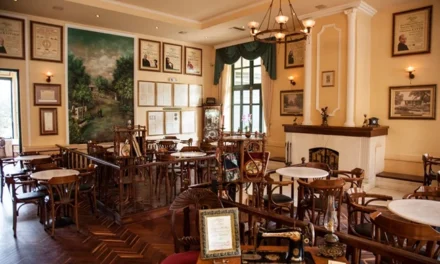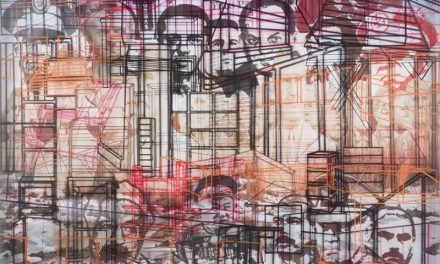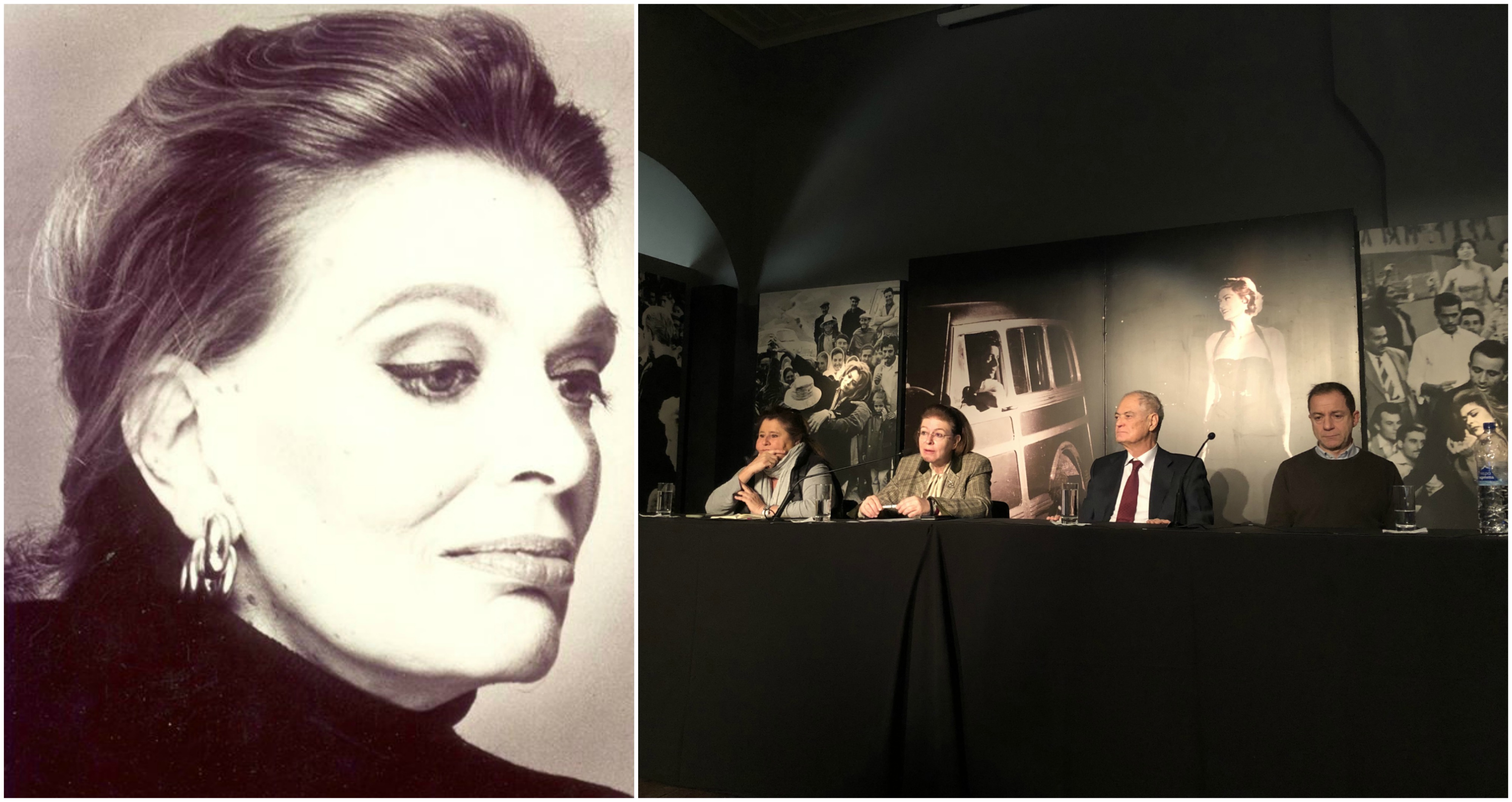The Vlassis Caniaris exhibition (Tinos island, June 25 – October 31) forms part of the “Bound for Tinos” series organised for the third year by the Cultural Foundation of Tinos. This series of exhibitions, curated by art historian Christoforos Marinos, presents the oeuvre of contemporary artists with strong family or emotional ties to the island of Tinos.
Vlassis Caniaris (1928-2011) ranks among the most widely known Greek artists of his generation. Caniaris gave up medical studies to go to the Athens School of Fine Arts (1950) and his first solo exhibition in Athens (Zygos gallery, 1958) was one of the earliest presentations of abstract art n Greece. He was heavily influenced by international developments when he lived outside Greece, first in Rome, then Paris, and then Berlin. Caniaris adopted a critical position on political and social issues in his work. His visual language is distinctive and surprising for its period, leading to invitations to show his work at the Venice Biennale (1964 and 1988) and Documenta 6 (1977), along with numerous solo exhibitions (incl. shows at the Musée d’Art Moderne de la Ville de Paris (1970), Moderna Museet, Stockholm (1972) the ICA Institute of Contemporary Arts, London (1976) and at GAK Gesellschaft fur Aktuelle Kunst in Bremen (2012). In 1975 he was elected Professor to the Chair of Painting, at the National Technical University of Athens’, School of Architecture.
According to art critic Manos Stephanidis “Vlassis Caniaris was a modern artist, politicized but never militized, who acted undisturbed for the past sixty years, from late modernism to the roots of postmodernism encompassing his exclusive morphoplastic material, the body of history and more specifically of modern Greek history, from the civil war of 1944-1949 till the dictatorship of 1967 – 1974 and the restitution of democracy to this day.”
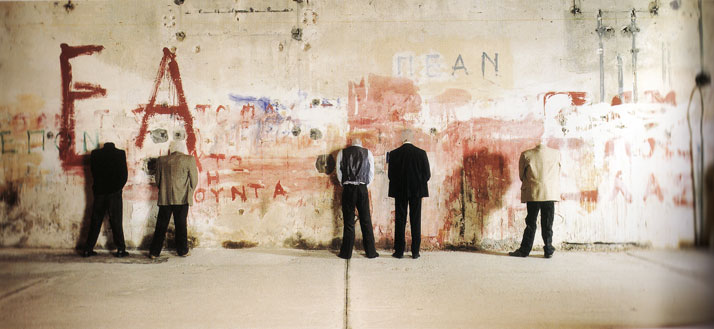 The Vlassis Caniaris exhibition at the Cultural Foundation of Tinos aspires to demonstrate the topical nature of his artistic approach. At a time when Greece is at the epicentre of global developments, financially as well as artistically, the art of Caniaris proposes a certain distance – albeit without distancing – from which to evaluate the present time more coolly and with a critical gaze. The themes among the works on display include the victims of the 1956 mining accident in Marcinelle, Belgium, racism (a subject that Caniaris delved into during the time of the Greek dictatorship), immigration (the lives of Greek migrants in Germany), as well as Europe’s North-South divide.
The Vlassis Caniaris exhibition at the Cultural Foundation of Tinos aspires to demonstrate the topical nature of his artistic approach. At a time when Greece is at the epicentre of global developments, financially as well as artistically, the art of Caniaris proposes a certain distance – albeit without distancing – from which to evaluate the present time more coolly and with a critical gaze. The themes among the works on display include the victims of the 1956 mining accident in Marcinelle, Belgium, racism (a subject that Caniaris delved into during the time of the Greek dictatorship), immigration (the lives of Greek migrants in Germany), as well as Europe’s North-South divide.
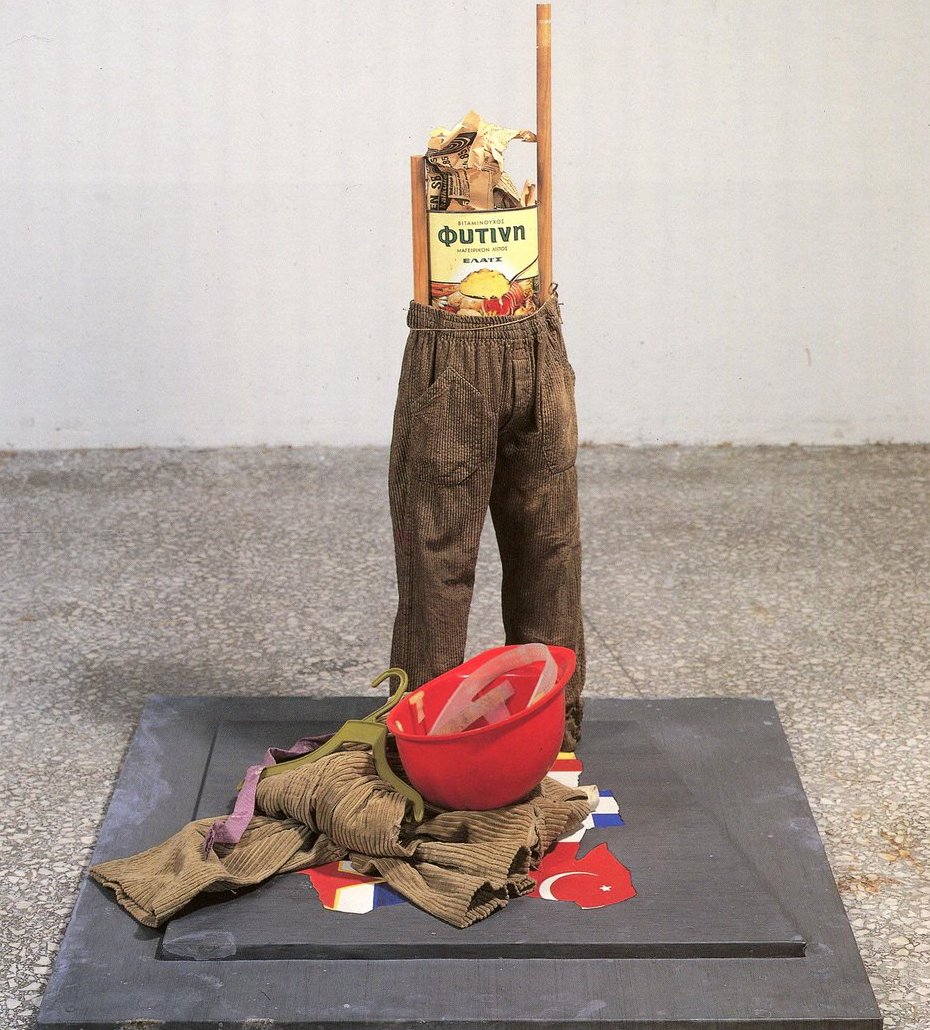
The island of Tinos
Caniaris’s relationship with Tinos began in 1951, which he first visited with his fiancée and subsequent wife, Mary Caniaris, who had family roots in the island. Over the next 60 years and to the end of his life in 2011, the artist was to spend many summers on this special and uniquely fascinating Cycladic island.
The island of Tinos, the third largest of the Cyclades group of islands, is located very near Syros, Mykonos and Andros. It is the “island of Faith and the Arts”. The discovery of the icon of Panagia Evangelistria (Our Lady of Annunciation) in 1823, transformed the island into the most venerable pilgrimage destinations of Orthodox Christianity in Greece. Big celebrations take place on the 25th of March and on the 15th of August each year when the faithful gather by the thousands to make a pilgrimage to Virgin Mary’s icon, which is housed in a Church dedicated to Her (Virgin Mary of Tinos).
Tinos has also been a major marble sculpting centre in Greece. A multitude of anonymous masters, mainly marble workers, as well as builders, woodcarvers and sacred icon painters have left their mark on the chapels, houses and other structures. The flourishing of marble sculpting bore masters such as Yannoulis Halepas, Dimitrios Philippotis, Georgios Vitalis and Antonios Sohos, painters such as Nikolaos Gyzis, Nikiforos Lytras and many other important artists.
Read more: TRACES: Vlassis Caniaris (Interview to Efi Michalarou, 2004); Manos Stephanidis: Vlassis Caniaris (1928 – 2011) / Creating Art with History; The Breeder – Vlassis Caniaris, CV, Solo Shows, Group Shows

